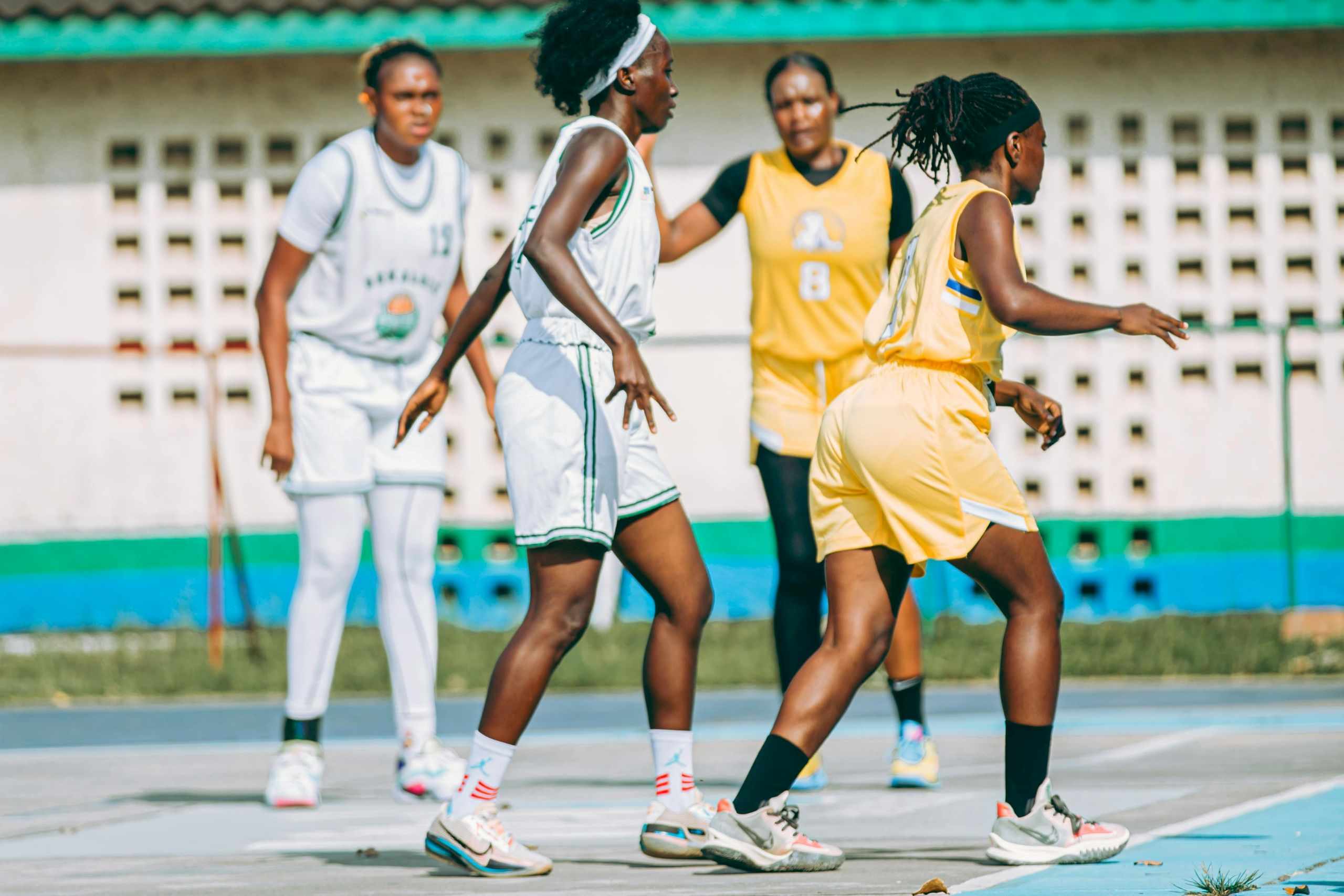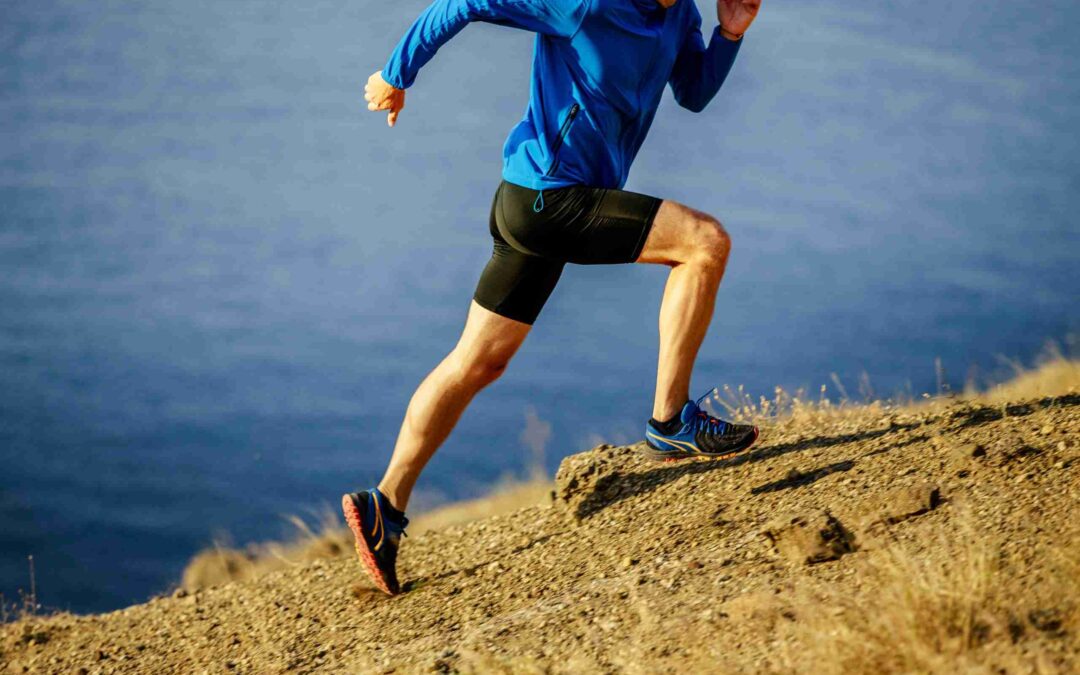For years, deep insights into human movement were limited to specialized laboratories, reserved for elite athletes and clinical trials. Today, the rise of advanced wearable technology is bringing the precision of the lab into the real world, primarily through the accurate measurement of Ground Reaction Force (GRF). Understanding this important kinetic measurement, particularly its three-dimensional nature, is critical for unlocking new levels of performance optimization and injury prevention.
What is GRF?
Ground Reaction Force (GRF) is a major component of human kinetics, which is the study of human movement. In simple terms, GRF is the force the ground exerts back on your foot when your foot pushes against it, such as during walking, jumping, or running. This force is essential because it dictates how our bodies respond and move during physical activity, according to Paul McClure in New Atlas.
GRF is considered one of the two most important kinetic quantities. It is a vector quantity, meaning it has both magnitude (size) and direction, typically expressed in Newtons (N). Generally, accurately measuring GRF has required the “gold standard” equipment: bulky, costly, and immovable force plates or instrumented treadmills limited to the confines of a traditional lab environment. Later on, we’ll discuss how this has since changed.
The Critical Third Dimension: Why 3D GRF Matters
To fully understand the significance of GRF, we must look beyond simply walking, running, or jumping. GRF is much more than that. You have to consider movement in all directions to get the full picture of kinematic analysis. The true power of kinetic analysis is found in capturing the full vector—three-dimensional (3D) GRF.
Let’s first dive into the components. Number Analytics explains that the full 3D vector includes three components:
1. Vertical Force: This is the up-and-down force, typically the strongest component, which primarily sustains the weight of the body.
2. Anterior-Posterior Force (or Anteroposterior): This forward-backward force is crucial for analyzing acceleration and braking. For athletes, these components are essential for analyzing braking and propulsion efficiency.
3. Medial-Lateral Force (or Mediolateral): This side-to-side force measures the lateral push or pull that occurs during dynamic movements. This is critical for assessing dynamic balance and provides insights into injury risk.
Many commercially available wearable sensors are limited to vertical GRF measurement only, resulting in the exclusion of crucial information contained within the shear force components (Anterior-Posterior and Medial-Lateral forces). Knowledge of all three dimensions of GRF is fundamental to understanding healthy gait (the way you walk) and how movement is affected by injury, posture, muscle fatigue, balance, neuromuscular diseases, and musculoskeletal injuries such as back pain, arthritis, or tendonitis.
Diverse Applications of GRF Analysis

The ability to accurately quantify GRF offers critical insights into propulsion efficiency, balance, gait symmetry, and loading rates. This type of in-depth analysis can be applied to a wide variety of fields:
-
-
-
-
- Clinical Gait Analysis and Rehabilitation: In a journal article, Mohn Noor Anas writes that gait analysis is the study of human walking. He further explains that it is used for detailed diagnosis, prognosis for certain diseases, and evaluating treatment effectiveness in rehabilitation. Quantifying GRF is important for analyzing abnormalities in kinetic measurement, which can be applied to cases involving diabetic foot complications, neural disorders, and knee injuries. Wearable insoles are specifically used for rehabilitation in patients recovering from injuries, chronic conditions affecting mobility, or post-surgery.
-
-
-
-
-
-
-
- Disease Monitoring: Gait patterns can provide information on health conditions and diseases such as diabetic foot, knee osteoarthritis, and Parkinson’s disease. A recent market research report demonstrates that smart insoles can be integrated into comprehensive foot care programs to provide non-invasive, continuous monitoring of pressure hotspots for early detection of ulcer formation in diabetic foot monitoring.
-
-
-
-
-
-
-
- Sports & Performance: GRF metrics are critical in high-performance fields like athletics. Plantar pressure mapping insoles are used by athletes and trainers to optimize performance and training regimens. They provide detailed insights into load distribution, movement efficiency, and foot strike patterns, enabling data-driven decision-making in sports science.
-
-
-
-
-
-
-
- Research & Orthotics/Smart Insoles: Instrumented insoles can provide a quantitative assessment of motor functions, plantar pressure, and the center of pressure (CoP). Researchers use this data to study biomechanics and develop new therapeutic approaches. In the field of orthotics, The International Journal of Health Sciences and Research explains that smart insoles can provide real-time input on movement patterns and follow adherence to rehabilitation protocols, which helps improve the construction and design of orthotic devices.
-
-
-
The Impact of Wearable 3D GRF Measurement
Achieving accurate 3D GRF measurement outside the laboratory requires overcoming limitations like cost, immobility, and sensor drift (gradual decrease in accuracy) inherent in traditional equipment. Smart insoles, like our XO-SOLE system, utilize advanced technologies to address these challenges, positioning them as viable tools for real-world biomechanical analysis.
The ability of these wearable 3D GRF systems to transition analysis from the lab to the field creates several key impacts:
1. High Accuracy and Portability: Cutting-edge systems use integrated sensors, such as pressure sensors and an Inertial Measurement Unit (IMU), combined with machine learning (ML) models, to predict 3D GRFs. This technology allows for the capture of crucial 3D GRF metrics in a fully integrated, standard-sized, low-profile insole. XO-NANO Smartfoam’s XO-SOLE has demonstrated high reliability, with prediction error rates as low as 7.07% on new, unseen subjects, significantly outperforming older wearable technologies that often yield error rates ranging from 8% to 20%.
2. Model Generalizability and Personalization: Advanced systems are built on ML models trained using conventional techniques on diverse datasets to seamlessly convert sensor data into 3D GRFs for a broad population. Crucially, research has shown that augmenting a general model with a very small, targeted dataset (such as 20 stances from new subjects) can significantly reduce prediction error (e.g., from 11.69% to 7.07%). This demonstrates a clear pathway for rapid personalization, allowing the device to function as a high-fidelity personalized monitoring tool after minimal data collection.
3. Real-World Application: Insoles like the XO-SOLE enable the collection of continuous data for applications such as gait analysis, rehabilitation, and sports and fitness monitoring. Features like long battery life and Bluetooth Low Energy (BLE) connectivity allow for seamless data transfer and real-time visualization outside of a treadmill setting. The ability to accurately measure 3D GRF in any environment is considered a game-changer for improving athletic performance, identifying injury risks, and supporting recovery. By providing a complete 3D kinetic profile in a low-profile package, wearable technology is fundamentally changing how we understand and analyze human movement.
Conclusion
As new technology has come to light, our ability to assess the way our body responds to movement has drastically improved, no small thanks to GRF. Studying ground reaction forces has provided biomechanists, research groups, clinics, and performance athletes with insights on gait patterns, movement, performance metrics, and injury risk. Many wearable technologies have sought to harness the ability to capture accurate GRF, though most have been limited to solely vertical forces. Our XO-SOLE system, on the other hand, stands alone as a technology that can accurately capture GRF in all three dimensions outside the confines of a lab, paving the way for a new era of accessible, data-driven performance analysis.

